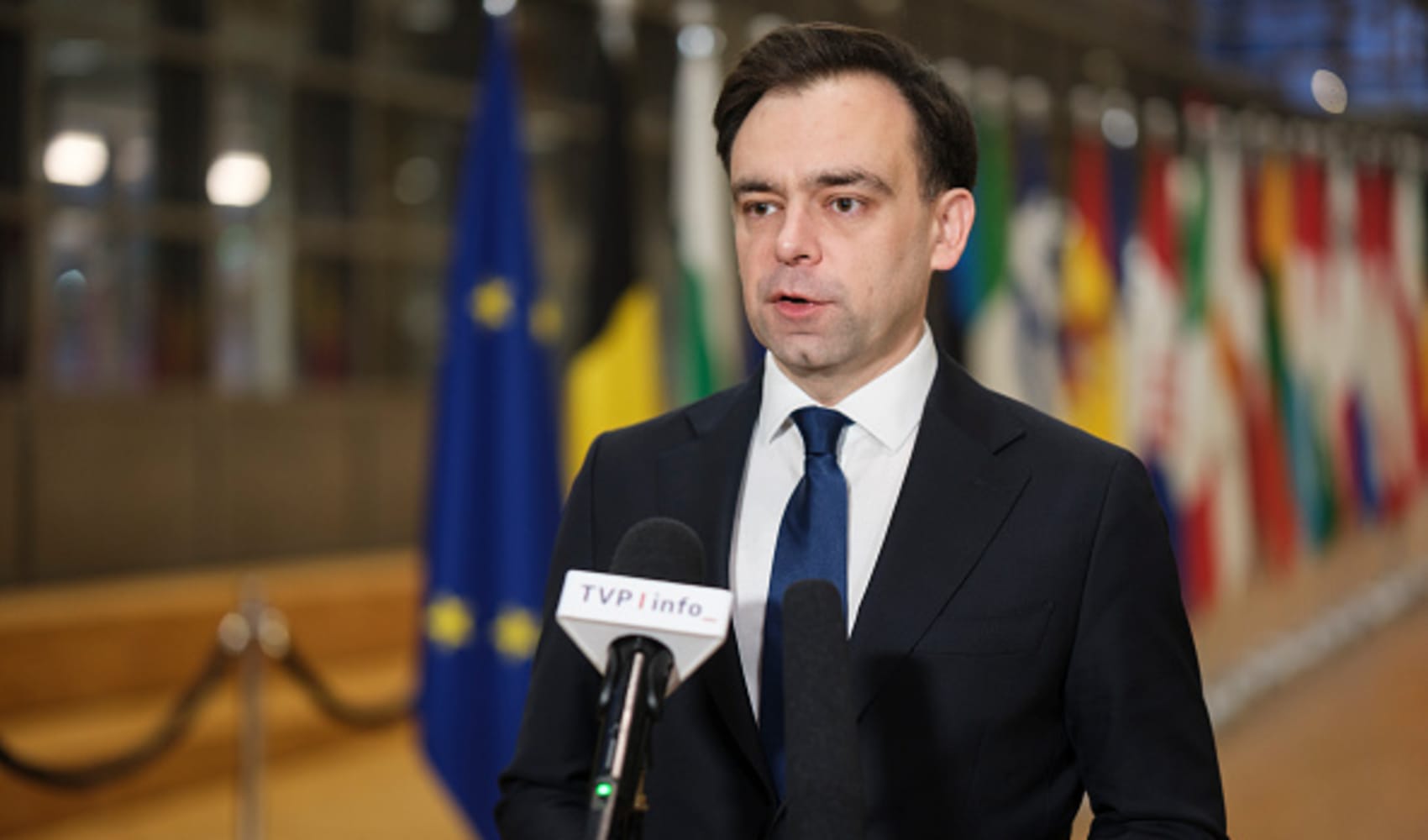Cocoa Crisis: Lindt CEO Predicts No Recovery, Price Hikes Loom
Sweet Sorrow: Cocoa Crisis Grips Lindt as CEO Warns of Lasting Impact
Introduction: The Bitter Truth About Your Chocolate
Are you a chocoholic? Do you find comfort in the smooth, rich taste of a Lindt truffle after a long day? Well, prepare yourself for some potentially disheartening news. Adalbert Lechner, the CEO of Lindt & Sprüngli, has sounded the alarm on the cocoa market, suggesting that the good old days of cheap chocolate may be gone for good. He believes that while cocoa prices might dip slightly, they won't be returning to their previous lows anytime soon, and that "consumers are insecure". What does this mean for your beloved treats? Let's unwrap the situation and see what's really happening behind the scenes.
The Cocoa Conundrum: Why Prices Are Skyrocketing
Increased Input Costs
Imagine you're baking a cake. If the price of flour, sugar, and eggs all went up, wouldn't the final cost of your cake also increase? The same principle applies to cocoa. Farmers are facing higher costs for everything from fertilizers to transportation. These increased input costs are directly impacting the price of cocoa beans.
Sustainability Programs: A Necessary Investment
We all want to feel good about the products we buy, right? Consumers are increasingly demanding sustainably sourced cocoa, which means supporting farming practices that protect the environment and ensure fair treatment for farmers. While these programs are vital, they come with a cost. Implementing sustainable farming practices often requires investments in training, technology, and infrastructure, all of which contribute to higher cocoa prices.
Fair Trade Initiatives: Supporting Farmers' Livelihoods
Think of fair trade as a way to ensure that cocoa farmers receive a fair price for their beans, allowing them to support their families and communities. These initiatives aim to combat poverty and exploitation in cocoa-growing regions, but they also contribute to the overall cost of cocoa. It's a trade-off: paying a bit more for chocolate to support ethical and sustainable practices.
Lindt's Perspective: Navigating the Storm
Cautious Optimism: A Slight Price Decrease Expected
Lechner believes that cocoa prices will eventually come down from their current peaks, but he also cautions against expecting a return to the pre-crisis levels. "Cocoa prices will come down," he stated, suggesting a sliver of hope for consumers. However, the key takeaway is that the "new normal" for cocoa prices will likely be significantly higher than what we've been used to.
Passing on the Costs: A Delicate Balance
Lindt is in a tricky position. They want to keep their chocolate affordable for consumers, but they also need to cover their own rising costs. Lechner acknowledged that "a certain amount" of the increased raw material prices will have to be passed on to consumers. In other words, expect to pay a bit more for your Lindt truffles in the future.
Staying Competitive: Maintaining Quality and Value
How can Lindt manage this price increase without losing customers? They'll likely focus on maintaining the high quality of their chocolate and offering good value for money. This might involve optimizing their production processes, exploring alternative ingredients, or offering smaller package sizes. The goal is to minimize the price increase as much as possible while still delivering the premium chocolate experience that consumers expect.
The Consumer's Dilemma: What Can We Expect?
Higher Prices: Brace Yourself for Impact
Let's face it: the most immediate impact for consumers will be higher prices for chocolate. This isn't just a Lindt issue; it's a problem affecting the entire confectionery industry. From your favorite chocolate bars to your decadent desserts, expect to see price increases across the board.
Shrinkflation: Smaller Portions, Same Price?
Another tactic that chocolate companies might employ is "shrinkflation," which means reducing the size of the product while keeping the price the same. Have you noticed your favorite candy bar seems a little smaller lately? This is a common way for manufacturers to quietly pass on costs to consumers without explicitly raising prices.
Quality Adjustments: Will Taste Suffer?
While unlikely for premium brands like Lindt, some manufacturers might resort to using cheaper ingredients to cut costs. This could potentially impact the taste and quality of the chocolate. However, it's more likely that brands will focus on optimizing their existing recipes and processes to minimize any negative impact on flavor.
The Global Landscape: Trade Wars and Consumer Sentiment
Trade War Impact: A Cloud of Uncertainty
While Lindt is largely insulated from direct tariff harm, Lechner acknowledged that a trade war could dampen consumer sentiment. If people are worried about the economy, they might be less willing to splurge on luxury items like premium chocolate. This could indirectly affect Lindt's sales and profitability.
Consumer Confidence: The Key to Recovery
The strength of the global economy and the level of consumer confidence will play a crucial role in the recovery of the cocoa market. If consumers feel optimistic about the future, they're more likely to continue buying chocolate, even at higher prices. However, if economic uncertainty persists, the demand for chocolate could weaken, further prolonging the cocoa crisis.
Beyond Price: The Future of Chocolate
Innovation and Alternatives: Exploring New Horizons
The cocoa crisis is forcing the confectionery industry to think outside the box. Companies are exploring alternative ingredients, such as plant-based chocolate and lab-grown cocoa, which could potentially reduce their reliance on traditional cocoa farming. Innovation is key to ensuring the long-term sustainability of the chocolate industry.
Sustainable Sourcing: A Growing Priority
The demand for sustainably sourced cocoa will only continue to grow. Consumers are increasingly aware of the ethical and environmental issues associated with cocoa farming, and they're willing to pay a premium for chocolate that is produced responsibly. Companies that prioritize sustainable sourcing will be best positioned to thrive in the long run.
Education and Transparency: Empowering Consumers
Transparency is crucial in building trust with consumers. Companies need to be open about their sourcing practices and educate consumers about the challenges facing the cocoa industry. By understanding the complexities of the cocoa supply chain, consumers can make more informed choices and support companies that are committed to ethical and sustainable practices.
Conclusion: Navigating the New Chocolate Reality
The cocoa market is facing a perfect storm of challenges, from rising input costs to increasing demands for sustainability and fair trade. While a slight price decrease is expected, cocoa prices are unlikely to return to their previous lows. Consumers can expect to pay more for their chocolate in the future, and companies like Lindt are navigating this new reality by balancing price increases with maintaining quality and value. The future of chocolate depends on innovation, sustainable sourcing, and transparency, ensuring that our beloved treat remains available for generations to come. It's a bittersweet situation, indeed, but one that demands awareness and responsible choices.
Frequently Asked Questions
1. Why are cocoa prices so high right now?
Cocoa prices are high due to a combination of factors, including increased input costs for farmers (fertilizers, transportation), the implementation of sustainability programs and fair trade initiatives, and adverse weather conditions in key cocoa-growing regions. Essentially, it costs more to grow and transport cocoa beans than it used to.
2. Will chocolate become unaffordable for the average consumer?
While chocolate prices are expected to rise, it's unlikely that chocolate will become completely unaffordable. Companies will likely explore various strategies to mitigate price increases, such as optimizing production processes, offering smaller portion sizes, and potentially using alternative ingredients. However, expect to pay more for your favorite chocolate products.
3. What is Lindt doing to address the cocoa crisis?
Lindt is taking a cautious approach, acknowledging that some price increases will be passed on to consumers. They are also likely focusing on maintaining the quality of their chocolate while exploring ways to optimize their production processes and source cocoa more sustainably. Lechner believes they need to be very careful about passing on costs to keep consumers.
4. How can I support sustainable cocoa farming?
Look for chocolate products that are certified by reputable organizations such as Fairtrade, UTZ Certified, or Rainforest Alliance. These certifications indicate that the cocoa beans were sourced from farms that adhere to sustainable and ethical practices. Also, consider supporting companies that are transparent about their sourcing practices and actively invest in improving the livelihoods of cocoa farmers.
5. What are some potential long-term solutions to the cocoa crisis?
Long-term solutions include investing in research and development to improve cocoa farming practices, promoting crop diversification to reduce reliance on cocoa, supporting farmers in adopting climate-resilient farming techniques, and exploring alternative ingredients such as plant-based chocolate and lab-grown cocoa.








